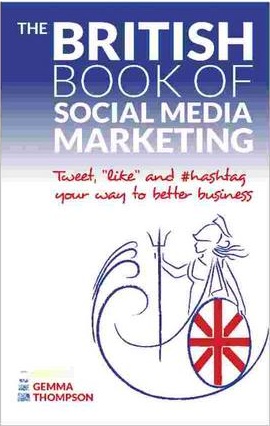It’s a side of business no one wants to talk about.
But the truth is, at some point during your business career you will experience a relationship breakdown with a client.
It is probably one of the hardest things to deal with whether you’re a freelancer or a small business owner. Apart from the fact it means you’re not going to be paid (at least in full), it also hurts because you always want to do your best for your customers and it can come as a slap in the face when, even though you have, they (or you) decide to walk away.
Why things go wrong
Before I go on, this is written from a freelancer’s point of view (because that’s what I am). Although most of the scenarios are written from a copywriter’s perspective (again, because that’s what I am), they can relate to any service provider (they are also fiction, but good illustrations of why things can go pear shaped).
1. Bad brief
In an ideal world, you would go out and meet every new client. During this meeting you will be able to suss them out and come away with a detailed brief.
Of course, it’s not an ideal world and that can’t always happen.
Getting as much detail as possible from a client is essential, but also not always that easy. Some clients believe that as you are a copywriter they can just say ‘I want 3 web pages written’ and it will magically appear.
Don’t be afraid to ask loads of questions, you have to if you are to get a full and clear picture of what they and their customers are looking for.
A bad brief is a disaster waiting to happen. At best it will lead to umpteen rounds of revisions, at worst it will lead to a breakdown in your relationship with your client, or rather soon to be ex-client.
2. Indecisiveness
This usually relates to the client not really knowing what they want.
Someone has probably told them they need a copywriter, but they’re not sure why.
They won’t really know what style they want, what sort of layout, or what the main benefits of their product/service are.
This can only spell disaster. The only solution is to speak with them at length, ask a lot of questions and then make suggestions. It is also a good idea to ask for examples of any particular styles of writing they like. After all, it’s much easier to emulate a style if you can actually see it.
3. Too many cooks
One of the first questions I always ask is what is the review process?
If only one person is to sign it off, who just happens to be the person giving the brief, you can breathe a sigh of relief. But if it is someone else, or worse, a whole gaggle of managers, you could be in trouble.
It’s very unlikely they will all have the same view on content and style, so be prepared for multiple revisions.
Getting a meeting with all the decision makers at the outset is probably a pipe dream, but if you can make it happen, do – getting some ground rules on style from the start will pay dividends later. It’s also your opportunity to let them know how you work and what you expect of them, especially when there are deadlines to hit.
4. Fixed ideas
Now and then you’ll come across someone who knows exactly what they want.
Fantastic! I hear you cry.
You would have thought so, but this can also be bad news.
What happens when their fixed ideas won’t work? They’ve called you in because you are the expert in copy, but when you tell them how their content should be written (i.e. benefits led, second person, informal, engaging etc.) they shout you down and tell you “that won’t work, I want it like this…”
The problem is, what they want won’t work in a month of Sunday’s.
The choice here is to persevere, do what they want and risk ruining your reputation, or walking away due to irreconcilable differences.
The main tip I can give you when taking on new clients is to trust your instincts. Take it from someone who knows. Thankfully, since starting out as a freelance copywriter about 6 years ago, I’ve only had to walk away twice. But if I’d listened to the little voice in my head, I would never have taken on either client in the first place.
I probably agreed because I didn’t have a lot on at the time and had the capacity, but something told me it was a bad idea, and stupidly, I ignored the voice because I knew best.
Well these days that little voice gets the final say.
Your instincts will tell you if the job is right for you or not. It will probably take a little while to distinguish between the good and the not so good, but when you can it will save you a lot of hassle.
Author: Sally Ormond






